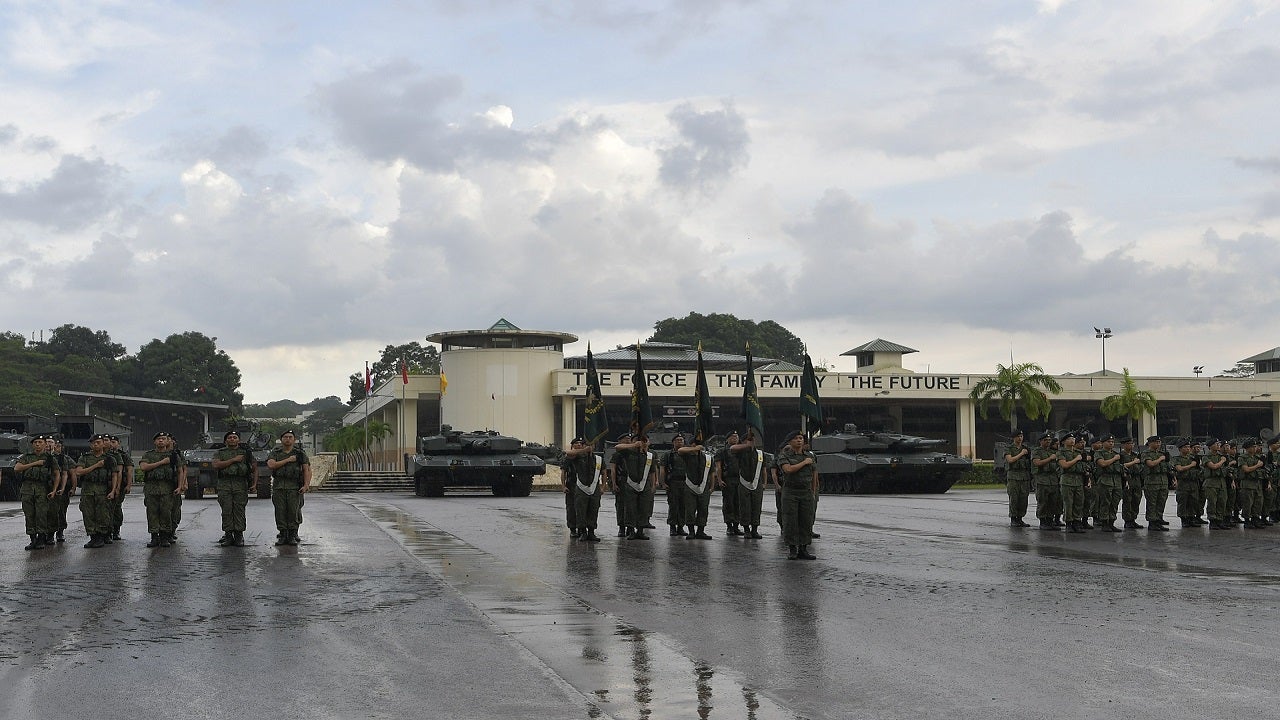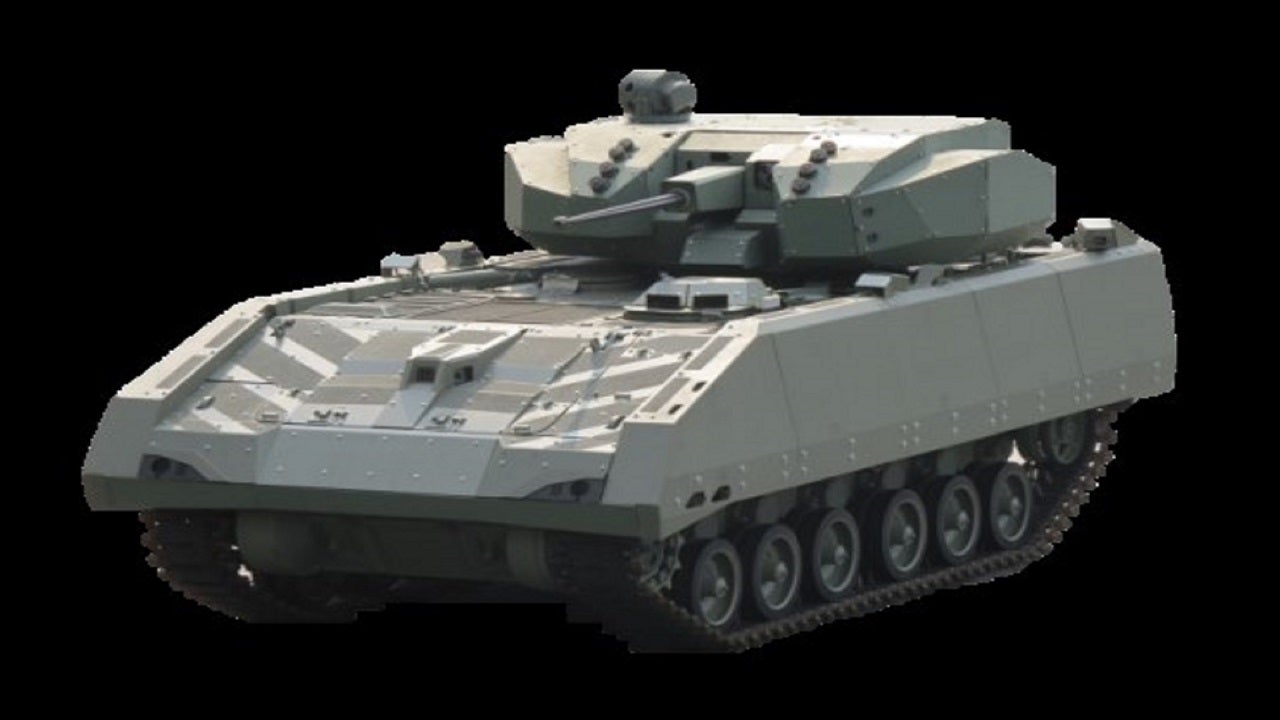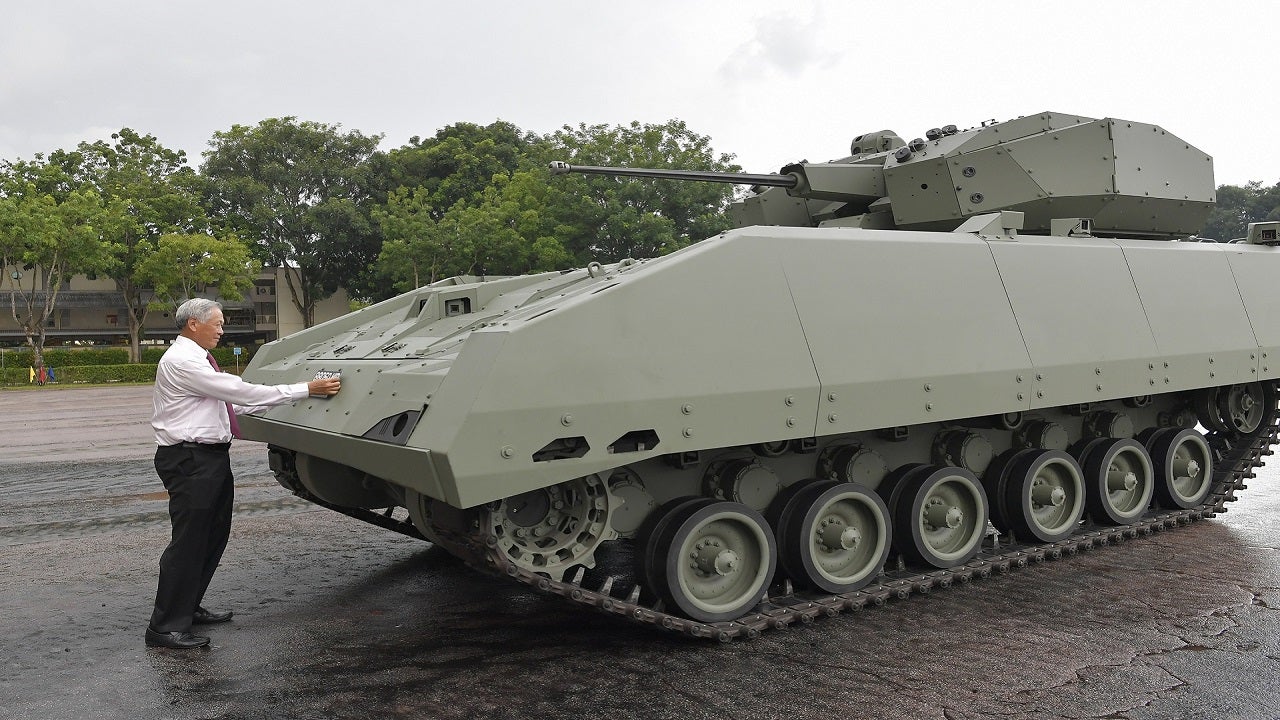Hunter armoured fighting vehicle (AFV) is the Singapore Armed Forces’ (SAF) next-generation, first fully digitised tracked AFV developed by Singapore’s Defence, Science and Technology Agency in collaboration with ST Engineering and the SAF.
Earlier known as Next-Generation AFV (NGAFV), the vehicle has been under development since 2006.
In March 2017, the Singapore Ministry of Defence (MINDEF) awarded a contract to Singapore Technologies Kinetics, the land systems arm of ST Engineering, to produce Hunter AFVs. First unveiled in June 2016, the Hunter AFV was commissioned by the Singapore Army in June 2019.
The new AVF replaced the Singapore Army’s ageing M113 Ultra armoured vehicle, which has been in service since 1970s. It strengthens the capabilities of armoured and motorised forces in lethality, protection, manoeuvrability, and situational awareness. The Hunter AFV can operate efficiently in different phases of military operations.
Design and features of the next-generation AFV
The Hunter AFV is based on tracked chassis and features closed-hatch design, where all crewmen are placed inside the vehicle with the hatches closed. The vehicle has a length of 6.9m, width of 3.28m, height of 3.2m, and weight of 29t.
The vehicle is run by a crew of three, driver, commander, and gunner. The driver’s seat is positioned at the front, whereas the gunner and commander are seated in the middle section.
The troop compartment is situated at the rear and can accommodate up to eight fully equipped dismounted soldiers.
The integrated combat cockpit allows the commander and gunner to carry out operations with a common set of controls. It is also equipped with automatic target detection and tracking system which helps the crew to quickly detect and engage targets.
Armament and protection of Singapore’s Hunter AFV
The armoured fighting vehicle comes with a remotely operated weapons system to achieve increased firepower against threats. The turret can be armed with a bigger calibre automatic cannon or a 7.62mm NATO-calibre coaxial machine gun. The closed-hatch design improves crew safety against close-in attacks and explosive devices.
The vehicle’s armour offers a high level of protection for the crew and troops against small arms fire. Four smoke grenade launchers are fitted on both sides of the turret to provide self-defence against enemy surveillance and guidance systems.
Digitised fire control
A digitised fire control system aboard the tracked Hunter AFV is designed to execute fire control functions automatically. It also provides increased weapon accuracy while on the move.
The gunner’s periscope, consisting of a stabilised sighting system, a day and thermal camera unit and a laser rangefinder, improves the firing efficiency in both day and night conditions.
The commander’s panoramic sight can operate independently from the turret in 360° and provides the commander with high aiming accuracy, situational awareness and target acquisition capabilities.
All fire control information is displayed on the digital displays located inside the vehicle.
The drive-by-wire feature allows the driver and the commander to operate the vehicle using electrical signals and a common controls and digital graphical user interface.
Sensors aboard SAF’s Hunter AFV
A camera unit mounted on the top of the engine room provides the driver with an unobstructed view through 180°, whereas the rear-mounted cameras provide the driver with a clear view of the sides of the vehicle. The armoured fighting vehicle incorporates networked communication systems to facilitate both voice and data transmission between the on-board personnel. The systems also allow the vehicle crew to communicate with other mechanised units deployed in the battlefield through the Singapore’s Army Battlefield Internet (ABI).
The onboard health and utilisation monitoring system improves fleet management and enables condition-based and predictive maintenance.
Engine and mobility
The Hunter AFV’s engine, having a power to weight ratio of 24.5hp/t, offers increased manoeuvrability and high performance. The combat vehicle can travel at a maximum speed of 70km/h and has an operating range of 500km. It can climb 0.6m-high vertical obstacles and cross up to 2.1m-deep trenches. The vehicle can climb a maximum front slope of 60%.






